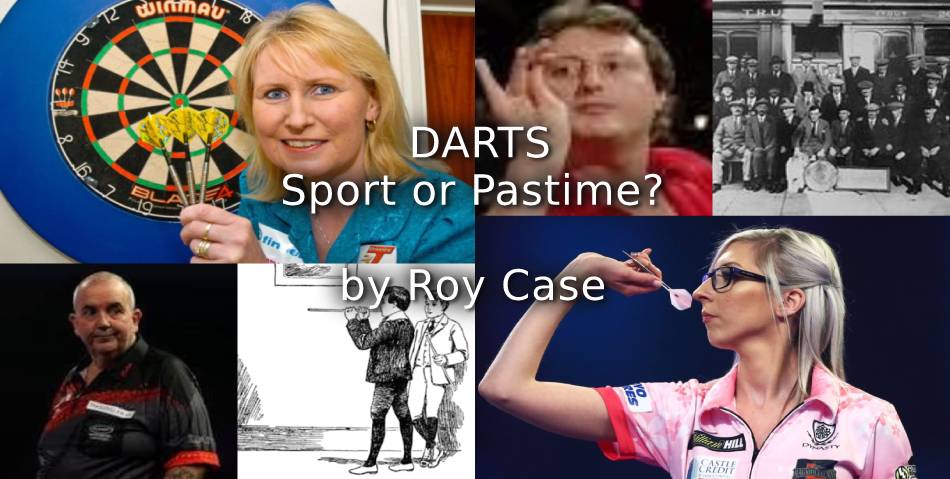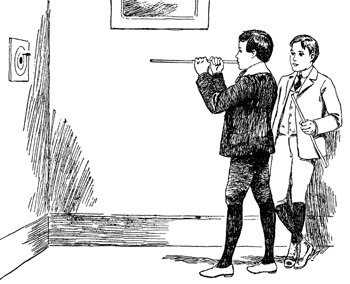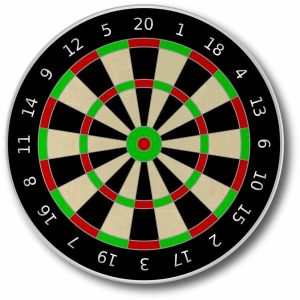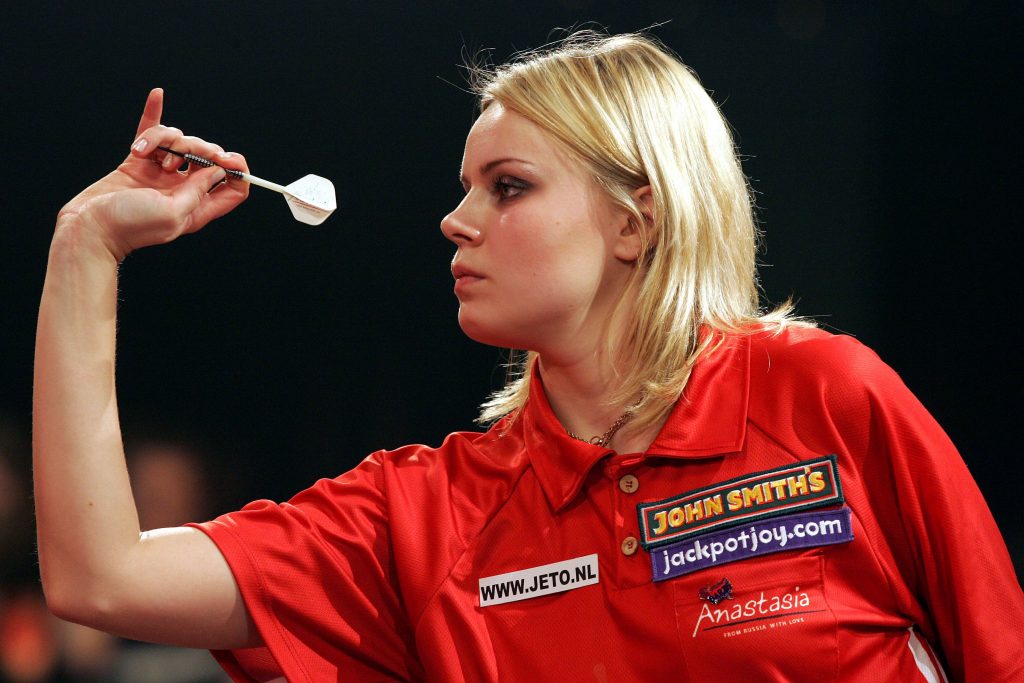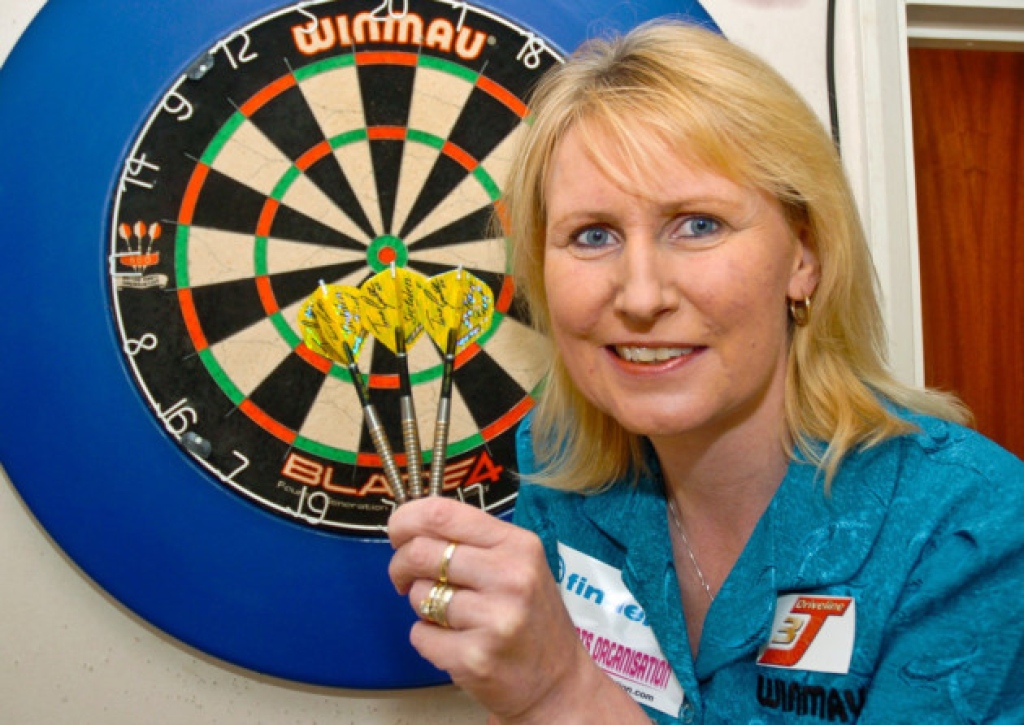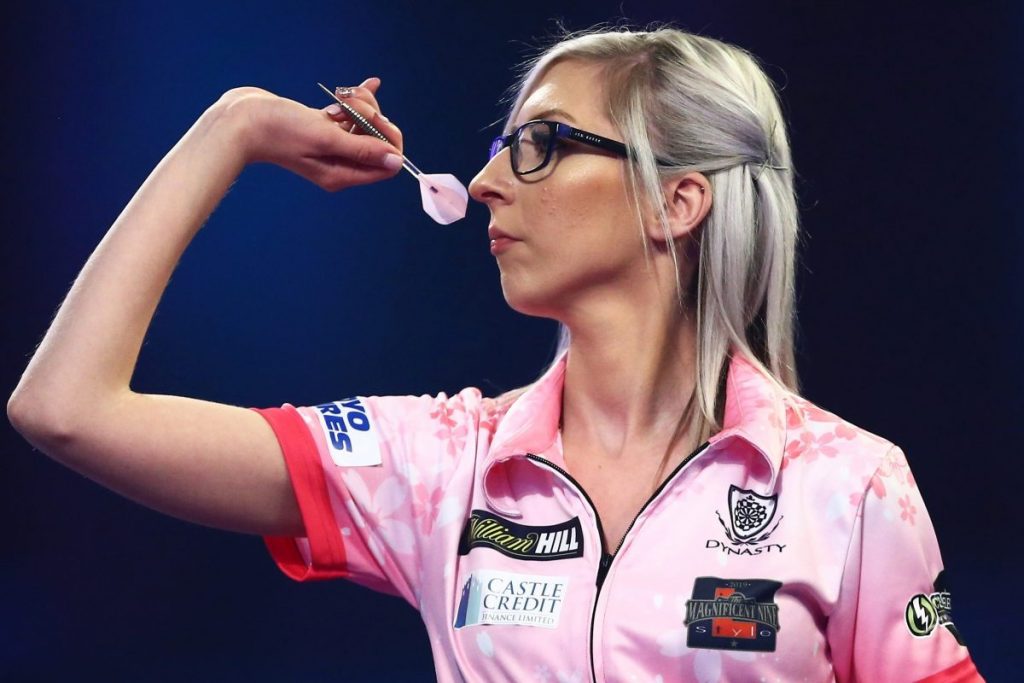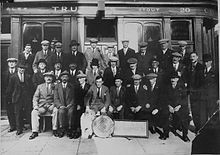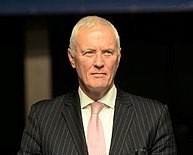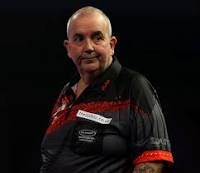You may never have considered yourself a sports aficionado, however since you are spending a little of your valuable time skimming through this piece in Playing Pasts, it suggests to me you have more than a passing interest in some form of sporting activity. Perhaps a popular team sport, such as football, cricket, rugby or hockey, or maybe an individual sporting activity, maybe archery, darts, fishing or snooker. Indeed you may have occasionally paused to question how a particular sport came to prominence.
Darts is an interesting example. Surely almost all of us will have at some time or another been tempted to aimlessly chuck a few well-worn ‘arrows’ at an equally well-worn board, hung in a quiet corner of the taproom of our local boozer, usually with little, if any, meaningful success. It has always been a game with huge potential, but has it become a recognised and engaging sport, or will it continue to remain a well-loved pastime ?
History suggests an early form of the game stemmed from the 14th century, when the Black Death wiped out around a third of European humanity, and the Kingdoms of England and France fought out the protracted Hundred Years’ War. When it is claimed a primitive form of the game began as a military pastime, as an effective means of improving the throwing skills of the bored soldiers, who competed against each other between battles by throwing spearheads at the bottoms of upturned wine casks. Eventually, the wine casks were replaced as targets by cross-sectioned tree trunks, the growth rings and radial fissures providing an early template for the separate sections used on the modern dartboard of today.
The simple, uncomplicated game was enjoyed by folk from all walks of life. Young or old, regardless of shape or size, each and everyone could jump in and enjoy taking part. It is famously speculated the radical Tudor monarch, King Henry VIII, was a keen participant, who played with a stylishly decorated set of darts gifted to him by his second wife, Queen Anne Boleyn. Piteously, she was rewarded for her generosity when King Henry commanded her execution at the Tower of London in 1536.
However, if it was good enough for the King of England, unsurprisingly it was good enough for the landed gentry too. Who ostensibly used smaller darts than those employed by the soldiers and ‘commoners’. Moreover, the game wasn’t simply confined to these shores, for accounts suggest that in 1620, a number of the ‘Pilgrims’ aboard the armed merchant ship The Mayflower, played darts for fun and entertainment on their historic voyage to America, in search of a new and better life.
Little by little the game developed until the turn of the 19th century, when it grew at an alarming rate, as England flourished through growth in productivity, profit and prosperity. Although the game was not yet properly organised, and standardised rules had not been established, it reached levels of popularity never before achieved. It was during this time that the first numbering systems were developed, along with a variety of different forms of the game, using an assortment of different systems of scoring.
- Puff and Dart
One such game, devised in 1844, was ‘Puff and Dart’. In which a blowpipe was used to propel the dart into the dartboard. However, the game was soon banned after a player had the misfortune to suck on the blowpipe instead of blowing. Alas, the ill-fated marksman swallowed the missile and died a few days later
It wasn’t until 1896 that the game began to resemble that which we know today, when Brian Gamlin, a 44 year-old Lancashire carpenter from Bury, developed the modern sequence of numbering. It was to be one of the most effective changes to the game, and although the arrangement might at first appear random, in reality it is a carefully selected order. Numerically close numbers, such as 20 and 19, were placed as far apart as possible on the dartboard, radically reducing the likelihood of ‘lucky shots’. Doubles and trebles were not included, the highest score being the ‘bulls-eye’. The best scores were achieved through skill and precision, with inaccuracy harshly punished. Gamlin died in 1903 before he was able to patent his innovative idea.
These days the Darts Regulation Authority [DRA] specifies the diameter of a regulation dartboard should be 451 mm (17 3⁄4 in), divided into 20 radial sections, each section separated by a thin metal band. The board itself is suspended at a height deemed to be the eye-level of a person six-foot tall, with the centre of the bulls-eye determined at a height of 1.73 m (5 ft 8 in) from the floor.
Other numerical configurations, which differed from that of the standard board, were often used in different parts of the Country. For example in Yorkshire and Manchester only the doubles and the bulls-eye were used, the triple was not included. In the television show The Indoor League, which was broadcast in the 1970s, the dartboard featured did not include a triple section. And during the screening of the inaugural event, the programme host, the popular broadcaster and former Yorkshire and England cricketer, Freddie Trueman, OBE, revealed it as being the traditional Yorkshire board. The playing area of the Manchester board, known as the Log End board, was smaller in diameter. Another variation was the London Fives board, which featured just 12 equal segments repeatedly numbered 20, 5, 15, and 10, with the doubles and trebles measuring a quarter of an inch wide.
The most popular form of the game is contested between two players, who take turns to throw three darts from behind the leading edge of the ‘oche’, the line behind which the thrower must stand, the objective being to reduce a fixed score to zero, with the final dart landing in either the bulls-eye or a double in order to win. However, there are many other interesting varieties of the game, Fives; Killer; Round the Clock; Shanghai; to name but a few.
The distance to the oche, should be set at 2.37 m (7 ft 9 1⁄4 in) from the face of the board. Since the United Kingdom and the rest of the world initially threw from different lengths, the regulated distance eventually agreed was a compromise.
The derivation of the word oche is somewhat obscure. It is a comparatively recent innovation, first introduced by the British Darts Organisation [BDO] in the mid-1970s. There are some who imply it originated from an old English word, ‘hocken’, meaning ‘to spit’. For it is alleged ‘spitting’ competitions were held in some public bars. The ‘hockey line’ was determined by the distance a player could spit, standing with his back to the dartboard. Others claim it stems from old Flemish, meaning a ‘notch’ or ‘nick’. Take your pick !
Modern darts are now manufactured in four parts, the points, the barrels, the shafts and the flights. The points are usually made in one of two lengths, 32mm (1 1⁄4 in.) and 41 mm and (1 5⁄8 in.). The barrels come in three basic shapes of various weights, generally constructed from brass, silver-nickel, or a tungsten alloy.
During the early part of the 20th century the game of darts faced legal controversy, when in 1908 the owner of a Leeds pub was called to appear in court charged for allowing his customers to play the game, which at the time was deemed illegal. Reports suggest the pub owner brought into court William ‘Bigfoot’ Annakin, who boasted the reputation of being the best darts player in the town. ‘Bigfoot’ set about demonstrating his considerable ability by accurately throwing three darts, and hitting the single 20 segment of his target with each delivery. When asked to replicate ‘Bigfoot’s’ achievement, the court clerk could only manage to get one dart to remain stuck in the board. Consequently, the case was dismissed.
By 1930 darts was being played in pubs throughout the land, and was also growing in female popularity. Indeed it is said that in 1937, Queen Elizabeth the Queen Mother, tried her hand at the game when she played darts in a Buckinghamshire social club.
- Anastasia Dobromyslova
- Catrina Gulliver MBE
- Fallon Sherrock
The first organised championships was held in the 1920s, and in 1924 the National Darts Association of Great Britain [NDA} was created. Such was the game’s growing appeal, just prior to the start of WW II almost 300,000 entries were received for the 1938-1939 News of the World Annual Darts Championship. Jim Pike, of the Windmill, Southwark, and Marmaduke Brecon, the Jolly Sailor, Hanworth, contested the final of the event, in the Royal Agricultural Hall in London. Brecon won 2-1 in front of a record crowd of 14,534.
During World War II the popularity of darts was such that the troops were issued with sets of darts, and passed the time playing during respite from the hostilities, more or less replicating the genesis of the 14th century activity. In the 1950s and 1960s, the NDA initiated a further surge in the level of national participation when it established a series of local and national leagues.
-
The Hope and Anchor Dart Club, Hammersmith, London. circa 1925.
Seated in the front row is publican Charles Fletcher, with an elm dartboard.
Although darts was first viewed on television by a limited audience in 1936, it was not until 1962 that a televised darts contest was broadcast by Westward TV, when the Westward TV Invitational was seen by the people in the south-west of England. By the 1970s and early 1980s several major darts tournaments were regularly broadcast on ITV and BBC, amongst them the 1972 News of the World Individual Darts Championship, along with indoor league darts tournaments aired by Yorkshire TV. The establishment of the British Darts Organisation [BDO] in 1973 coincided with the introduction of split-screen technology in television broadcasts, further widening the popularity of the game with the viewing public.
In 1976, representatives from 15 of the games national governing bodies came together to form the World Darts Federation [WDF]. It’s primary objective being to encourage the worldwide recognition and development of the game, and secure its international recognition as a major sport. However, in the 1980s professional darts unhappily lost much of its commercial sponsorship, and by the end of the decade the only remaining televised event was the annual Embassy World Championship. First organised in 1978 by the BDO, it was initially known as ‘The Embassy’, due to the financial support provided by Imperial Tobacco. Until 2003, when the Labour government, under the leadership of Tony Blair, banned all tobacco advertising, and the following year the title of the event was changed, and it became known as ‘The Lakeside World Darts Championship’.
A further significant organisational dispute occurred in 1992, when 18 of the games leading professional players, elected to part company with the sport’s governing body, claiming they were unhappy with the way national championships were being organised and the capability of the BDO to encourage new sponsorship and promote sufficient television coverage. This resulted in the formation of the World Darts Council [WDC], led by sports promoters Tommy Cox and Dick Allix, who both used their own money to fund the fledgling organisation. The dispute ended in court in 1997 where, after a protracted legal process which accrued hefty unaffordable costs, the two bodies reached an out-of-court settlement. The BDO recognised the WDC and agreed that all its players should be allowed to participate freely in open competition. While the WDC dropped its claim to be a world governing body and renamed itself the Professional Darts Corporation [PDC], acknowledging the WDF as the worldwide governing body for the sport of darts, and the BDO as the governing body in the UK.
Subsequently, the PDC worked hard to establish a series of high calibre annual events, including the annual PDC World Darts Championship, and a world ranking system based upon player performance. Now chaired by the Sports Promoter, Barry Hearn, the sport enjoys remarkable popularity; with million dollar sponsorships for its most prestigious events which are broadcast around the world.
- Barry Hearn
Born in Dagenham, Essex in 1948, Hearn is an English sporting events promoter. The founder and chairman of the promotions company Matchroom Sport, Hearn is involved in numerous sporting activities, including the former chairman of the World Professional Billiards and Snooker Association (WPBSA) and Leyton Orient FC.
As more commercial sponsorships were acquired, and television coverage increased, a number of the sport’s most celebrated professional players enjoyed instant recognition. Eric Bristow, MBE, [1957-2018], was perhaps one of the most successful players during those early years. Appearing with his nickname ‘The Crafty Cockney’ boldly emblazoned across the back of his shirt, Bristow was ranked World No.1 by the World Darts Federation a record five times.
- Eric Bristow MBE
At the time very few players were known by a nickname, until the PDC suggested it might be beneficial were they to adopt the concept in order to help create a generation of characters with which supporters could identify.
Scotland’s Jamie Harvey played under the nickname ‘Bravedart’, and was filmed wearing a kilt, with his face painted blue running menacingly through woods throwing his darts. Aptly known as the ‘Prince of Style’, former World No.1, Essex born Rod Harrington, was the only player to wear a shirt, tie and waistcoat when at the oche. While Wayne Mardle, also from Essex, was known as ‘Hawaii Five-O-One’, a play on the starting score of a leg of darts, and due to his display of colourful Hawaiian shirts. Country and Western music enthusiast, Bob Anderson, was known as ‘The Limestone Cowboy’, after the limestone hills of Wiltshire where he used to live. Bob further enhanced his image by appearing on the stage accompanied by a horse, later to wistfully reflect, ‘The damn horse got more publicity than I did’.
- Phil Taylor
TV commentator Sid Waddell initially christened Phil Taylor ‘The Crafty Potter’, since Taylor was born in the Potteries, an industrial area of Staffordshire known since 17 century for its production of ceramics. A protégé of Eric Bristow, the nickname never caught on, and he later became known as ‘The Power’, and would make his entrance to the tune recorded by Snap. Taylor dominated darts for over 20 years, winning more than 200 professional tournaments, including a record 85 major titles, and a record 16 World Championships.
The PDC marketed the game as a night out, rather than just a sporting contest, and it was not unusual to see politicians, musicians, and sporting personalities amongst the spectators supporting events. The sport’s image has been greatly enhanced since its competitors began drinking only iced water during matches, permanently stamping out the tarnished reputation acquired by former players for consuming large quantities of alcohol during games. Play is now relayed to large crowds using giant video screens, with smoke machines and pyrotechnics now heralding players as they make their entrance, striding purposefully to the oche, escorted by security men and pretty girls, to the crashing accompaniment of their personal signature tune.
Celebrated as one of the greatest days in the history of the game, darts is now officially recognised as a sport by all of the Sports Councils in the United Kingdom. First acknowledged by Sport England and Sport Wales in March 2005, Sport Northern Ireland and Sport Scotland followed suit in the subsequent year.
While darts may not make great demands on a player’s aerobic aptitude, there has been considerable effort exerted for it to become incorporated within the Olympic Games. Subsequently, the Olympic Committee has confirmed it may be awarded Olympic status within the next decade.
However, it cannot be overlooked that in recent years, sporting scandals, involving corruption and doping, have radically eroded the public trust in competitive sport. And statistics collected over the decade 2006-2016 have revealed the sport of darts in England to be in decline, with the number of people participating falling by approximately 44%, from 120,000 to 67,500.Nevertheless, a recent survey of a dozen of Britain’s leading professional sports, which was aimed at discovering the perceptions of fairness and good conduct within sport, has revealed the game of darts managed with the highest degree of integrity and honesty.
Since its humble beginnings this relaxing form of amusement has overcome countless attempts to limit its development, and the BDO now boasts around 70 member countries. With the Darts Database [DDB] widely regarded as the primary source of information on the professional game, providing information on more than 17,000 players, and over 5,000 major professional events from around the world.
Today the game is played professionally, and by enthusiastic amateurs, in innumerable registered clubs, providing immense pleasure and enjoyment for countless numbers of people, from all walks of life. So the next time you press your shoe against the oche, and fling an arrow for double-top, remember there the rich history behind this engrossing sport.
Darts has always been a game with huge potential, but has it become a recognised and engaging sport, or will it forever remain a well-loved pastime ?
I think it is safe to say it is now officially both.
Article © Roy Case

